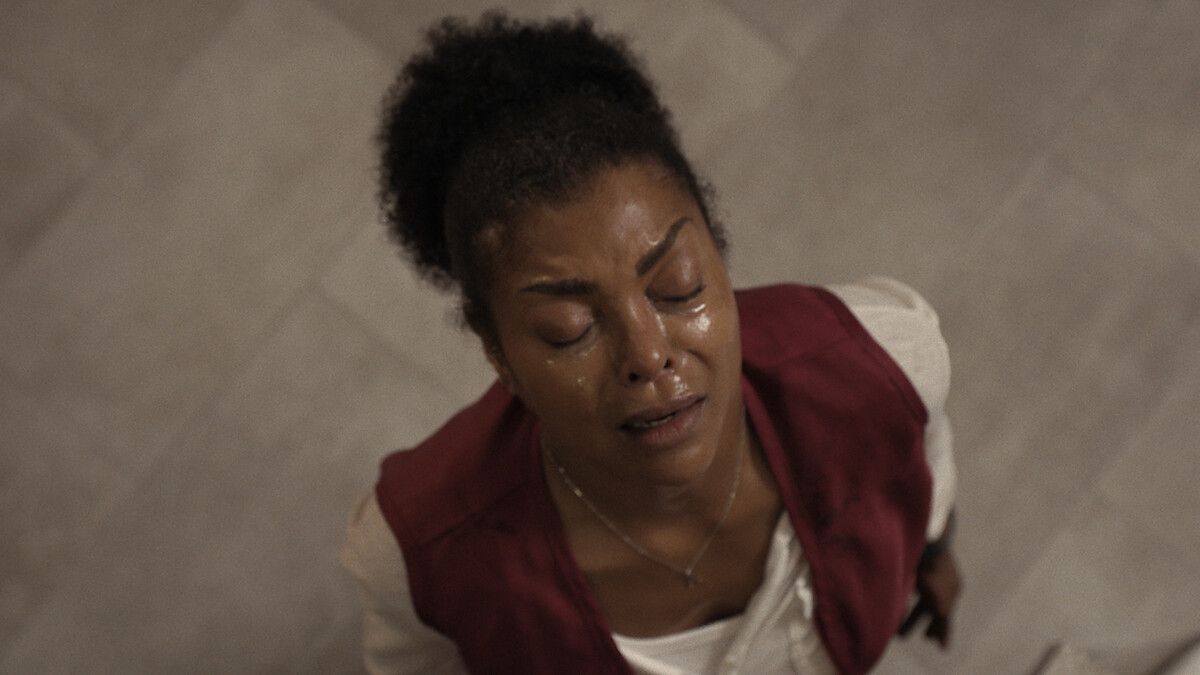Tyler Perry and why Black trauma still sells

Tyler Perry and the Enduring Appeal of Black Trauma Narratives
Tyler Perry, the prolific filmmaker and media mogul, remains a powerful force in the entertainment industry, consistently drawing large audiences to his movies and television shows. A recurring theme in his work – Black trauma – has been both a key to his success and a source of ongoing controversy. While his productions generate substantial revenue and resonate with a dedicated fanbase, critics question the reliance on narratives centered around suffering, asking if they reinforce harmful stereotypes and limit the scope of Black representation in media.
A Brand Built on Struggle
Perry's signature formula often features Black women enduring hardship – infidelity, poverty, abuse – finding solace through faith or a redemptive relationship. Examples such as Diary of a Mad Black Woman, A Fall From Grace, and Acrimony showcase this pattern. Despite criticisms regarding production quality and narrative predictability, these projects consistently perform well, indicating a strong demand for this type of storytelling. His latest project Straw, with Taraji P. Henson follows this trend.
“Perry has tapped into a market that was largely underserved,” explains Dr. Aisha Fields, a professor of African American Studies at Howard University. “For decades, mainstream media either ignored or misrepresented Black experiences. While his work isn’t without its flaws, it provides a platform for Black actors and stories, which resonates with many viewers.”
The Politics of Black Suffering in Entertainment
The use of trauma as a narrative device in Black art is not new. Historically, Black artists have used their work to document and process the realities of slavery, segregation, and ongoing systemic injustices. However, the debate surrounding Perry's work centers on the distinction between authentic representation and the potential exploitation of Black pain for entertainment purposes.
Critics argue that Perry’s narratives often lack nuance, portraying characters defined solely by their suffering. Women are frequently depicted as victims, and men are often cast as either saviors or villains. This, they contend, perpetuates a limited and potentially damaging image of Blackness, neglecting stories of joy, resilience, and everyday experiences.
Why Does It Still Work?
Several factors contribute to the continued success of Perry's films and shows:
Familiarity: Many viewers see aspects of their own lives and families reflected in Perry's characters and situations. The relatable nature of these narratives, despite their dramatic presentation, provides a sense of catharsis. Spirituality: The strong presence of Christian themes and values resonates with a large, faith-based audience. Characters often turn to prayer and scripture for guidance and find redemption through faith. Representation: Despite criticisms, Perry's work provides consistent representation of Black faces and stories in an industry where such representation has historically been lacking. This visibility is significant for many viewers. Market Conditioning: The entertainment industry has a history of rewarding narratives centered on Black trauma, from historical dramas to contemporary stories of struggle. This creates a cycle where such stories become perceived as the most marketable and profitable.
A Larger Industry Problem
The issues surrounding Perry's work reflect a broader trend within the entertainment industry. Hollywood, as well as other film industries, has often commodified Black trauma, relying on familiar tropes and storylines. Perry has, in many ways, mastered the art of packaging these narratives for a wide audience through effective marketing, recognizable actors, and a hint of hope.
The Path Forward
While Perry has acknowledged the criticisms leveled against his work and has expressed a desire to evolve, the solution may lie in diversifying the voices and perspectives within the industry. Encouraging collaboration with other Black creatives, particularly women, and supporting the development of diverse narratives beyond trauma-centered stories is crucial.
“The key is not to erase stories of struggle, but to expand the range of Black narratives,” says film critic Jelani Cobb. “We need to see stories that reflect the full spectrum of Black experiences – the triumphs, the joys, the complexities, and even the mundane aspects of everyday life. Only then can we move beyond a limited and potentially harmful representation of Blackness in media.”
Ultimately, while pain may sell, it should not be the sole currency in Black storytelling. The industry must actively support and promote a wider range of narratives that reflect the richness and diversity of the Black experience.
Originally sourced from: Movie
